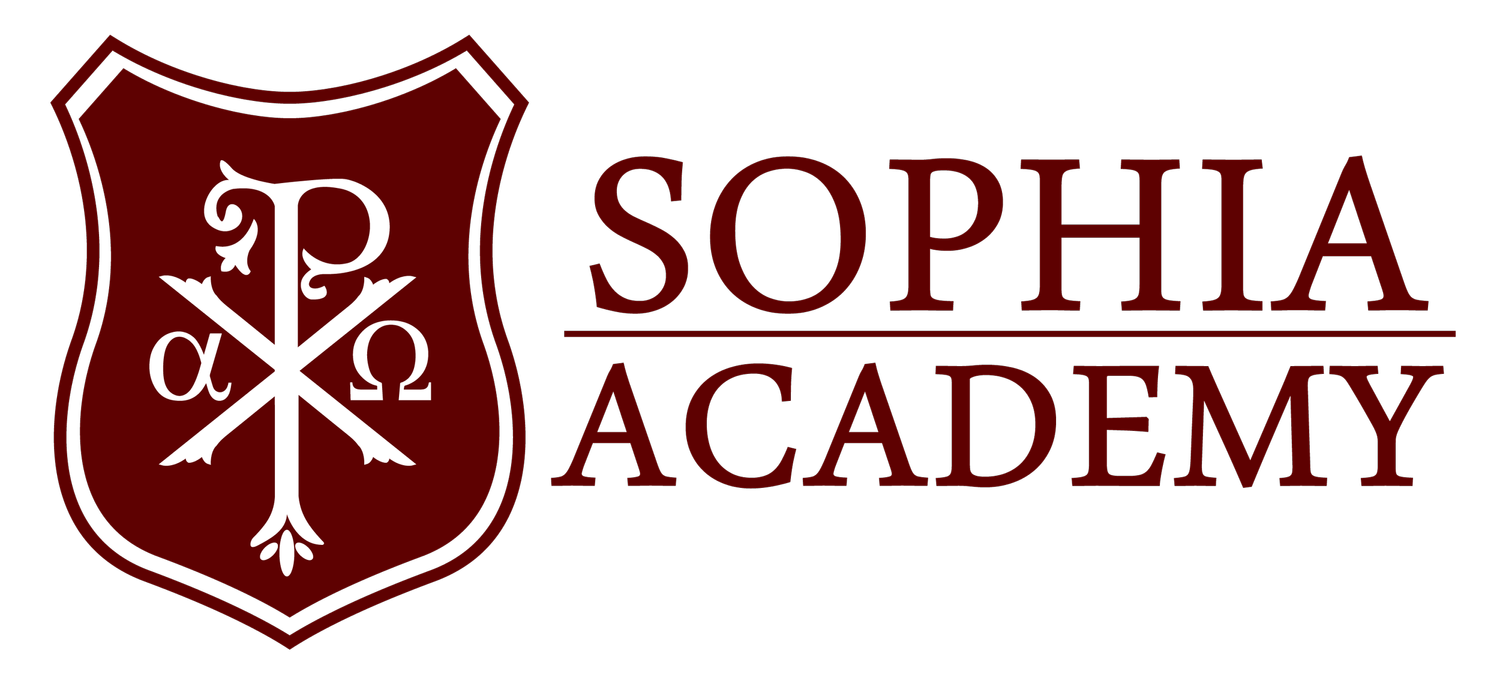It is often said that Orthodoxy is a way of life. What is often meant by this is that the faith is taught by living it—physically and spiritually. As Bishop Kallistos Ware said, “Christianity is more than a theory about the universe, more than teachings written down on paper; it is a path along which we journey–in the deepest and richest sense, the way of life.” Like Israel who was instructed to…
Fix these words of mine in your hearts and minds; tie them as symbols on your hands and bind them on your foreheads. Teach them to your children, talking about them when you sit at home and when you walk along the road, when you lie down and when you get up. Write them on the doorframes of your houses and on your gates, so that your days and the days of your children may be many in the land the Lord swore to give your ancestors, as many as the days that the heavens are above the earth. (Deuteronomy 11)
Because of this, Orthodoxy thoroughly believe in the physical and spiritual nature of worship. Symbolic gestures, like the sign of the cross and lighting a candle, are simple acts of faith that proclaim Christ’s presence. Painted icons of the great cloud of witnesses convey a sense of heaven and earth meeting. We pray for this in the Lord’s Prayer, and we see it in holy icons.
Human beings are liturgical beings; we do things in routines and rhythms. All formal liturgies help train this way of life. Orthodoxy holds up its liturgy as historic gold, having been passed down through the ages, slowly transforming Christians in all places and of all ages. From the Divine Liturgy to the simple Jesus Prayer, the Orthodox way is a life of continuous prayer. As lay theologian, Paul Evdokimov once said,
It is not enough to say prayers, one must be prayer…it is not not enough to have moments of praise. All of life, each act, every gesture, even the smile of the human face, must become a hymn of adoration, an offering, a prayer. One should offer not what one has, but what one is.
This is the way of salvation, learning to offer all that we are while becoming all that we are called to be, truly human in the likeness of Christ. We see present reflections of this through the Body of Christ, and we’ve seen and heard of the lives of the Saints throughout history, especially among the many martyred Christians. These are not exceptional Christians; they are examples for us to follow, growing in the grace of Christ as we do.
The Orthodox Way
“...The domed interior swallows up the day.
Here, where to light a candle is to pray,
The candle flame shows up the almond eyes
Of local saints who view with no surprise
Their martyrdoms depicted upon walls
On which the filtered daylight faintly falls.
The flame shows up the cracked paint—sea-green, blue
and red and gold, with grained wood shwing through–
Of much kissed ikons, dating from, perhaps,
The fourteenth century…
Thus vigorously does the old tree grow,
By persecution pruned, watered with blood,
Its living roots deep in pre-Christian mud.
It needs no bureaucratic protection.
It is its own perpetual resurrection.”

